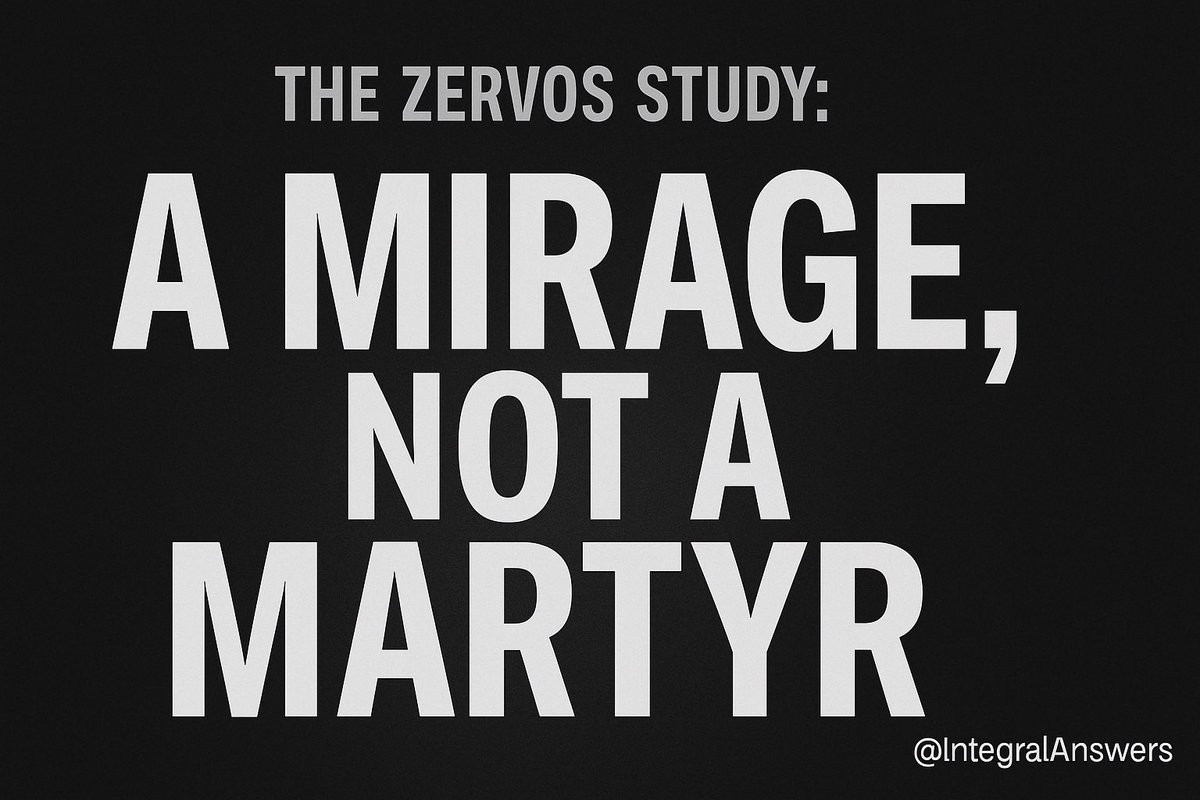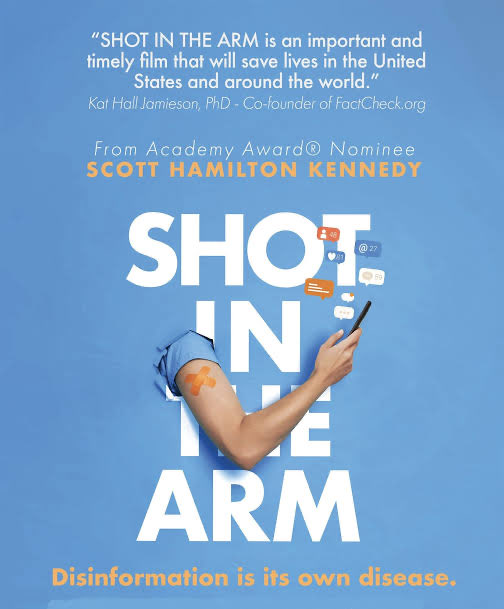🧾 Reference List: Age-Associated Sarcopenia — Overview, Interventions, and Age-Phase Strategies
Part 1: Understanding Sarcopenia
1.Mitchell WK, et al. (2012). Sarcopenia, dynapenia and the impact of advancing age on human skeletal muscle size and strength; a quantitative review. Front Physiol. 3:260.
1.Mitchell WK, et al. (2012). Sarcopenia, dynapenia and the impact of advancing age on human skeletal muscle size and strength; a quantitative review. Front Physiol. 3:260.
2.Cruz-Jentoft AJ, et al. (2019). Sarcopenia: revised European consensus on definition and diagnosis. Age Ageing. 48(1):16–31.
3.Wilkinson DJ, et al. (2018). Age-related differences in muscle protein synthesis: responses to feeding and exercise. Sports Med. 48(Suppl 1):S53–S64.
Part 2: What Works?
4.Morton RW, et al. (2018). A systematic review, meta-analysis and meta-regression of the effect of protein supplementation on resistance training–induced gains in muscle mass and strength in healthy adults. Br J Sports Med. 52(6):376–384.
4.Morton RW, et al. (2018). A systematic review, meta-analysis and meta-regression of the effect of protein supplementation on resistance training–induced gains in muscle mass and strength in healthy adults. Br J Sports Med. 52(6):376–384.
5.Devries MC, Phillips SM. (2014). Supplementation strategies for optimizing muscle mass in the elderly. Curr Opin Clin Nutr Metab Care. 17(1):40–48.
6.Smith GI, et al. (2020). The effect of omega-3 fatty acids on skeletal muscle protein synthesis and muscle mass in older adults: A systematic review. Clin Nutr. 39(9):2515–2524.
7.Landi F, et al. (2016). Protein intake and muscle health in old age: From biological plausibility to clinical evidence. Nutrients. 8(5):295.
8.Rutherford SL, et al. (2020). HMB supplementation and resistance training in older adults: A meta-analysis. J Cachexia Sarcopenia Muscle. 11(5):929–938
Drug Pipeline (Contextual Support)
9.Rooks D, et al. (2017). Effect of bimagrumab on thigh muscle volume and composition in men with inclusion body myositis: Proof-of-concept trial. Lancet Neurol. 16(9):708–718.
• • •
Missing some Tweet in this thread? You can try to
force a refresh

















